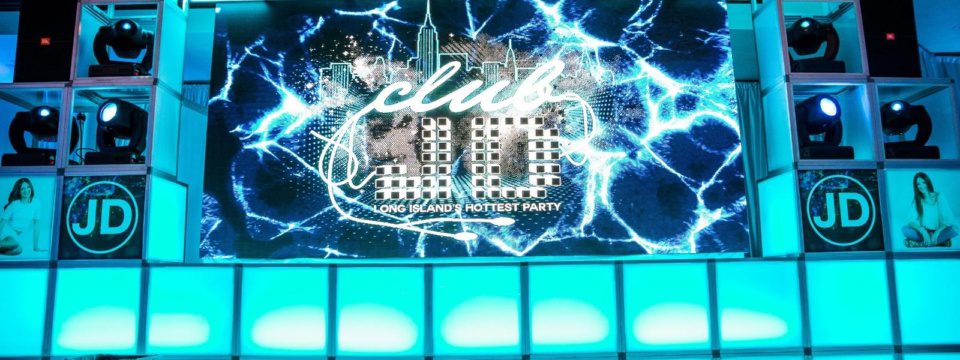Perfecting Color Accuracy in Light Emitting Diode Wall Adjustment for Stunning Graphic Presentations
Perfecting Color Accuracy in Light Emitting Diode Wall Adjustment for Stunning Graphic Presentations
Blog Article
Color accuracy is crucial for producing stunning visual presentations, particularly when using LED walls. These massive screens are commonly found in places like concert venues, sports arenas, and promotional billboards. When the hues on an LED screen are not correct, the visuals can look dull or distorted, which can affect the overall impression for audiences. Therefore, mastering color accuracy in LED wall calibration is vital for attaining lively and realistic images.
The first step in ensuring color accuracy is understanding how LED systems works. LEDs, or light-producing diodes, generate light in various colors by combining red, green, and blue (RGB) light. Each pixel on an LED screen is made up of these three hues. When calibrated correctly, the combination of RGB can produce a wide range of colors. However, if one color is too bright or too faint, it can distort the whole display. This is why tuning is needed to equalize the colors and reach the intended visual effect.
Tuning involves adjusting the configurations of the LED wall to ensure that the hues shown match the initial material as nearby as possible. This procedure typically involves using specialized software and hardware tools. Technicians frequently use color measurement devices, such as color meters, to analyze the hues being shown. By contrasting the measured hues to standard color standards, they can make precise adjustments. This guarantees that the colors are not only lively but also uniform across the whole screen.
Another important factor of color accuracy is comprehending the environment in which the LED screen is used. Factors such as surrounding light can considerably affect how colors appear. For instance, a brightly illuminated room may wash out colors, making them look not as vibrant. To mitigate this, technicians may adjust the luminosity and contrast configurations of the LED wall. Additionally, they may choose particular color profiles that are more suited for various lighting conditions. This flexibility helps maintain color precision regardless of the observing surroundings.
Finally, important link regular maintenance and re-tuning are crucial for keeping an LED screen looking its finest. Over time, the functionality of LEDs can alter due to elements like degradation and temperature fluctuations. Frequent inspections and adjustments can help guarantee that the hues remain accurate and lively. By committing time in proper tuning and maintenance, venues can offer audiences with stunning visual presentations that improve their overall experience. Perfecting color precision in LED wall calibration is not just a mechanical job; it is an art that contributes to the wonder of graphic storytelling.